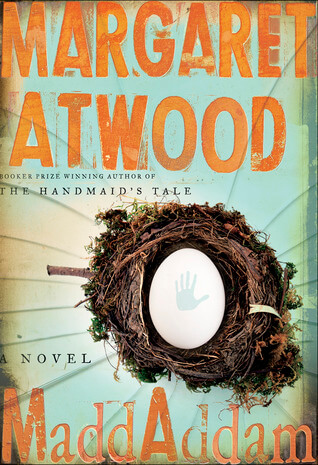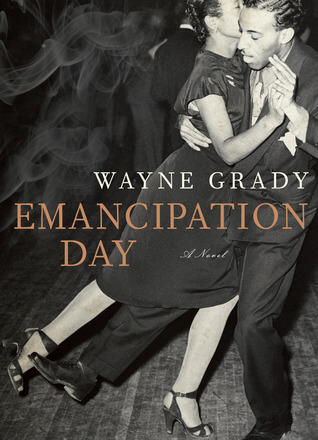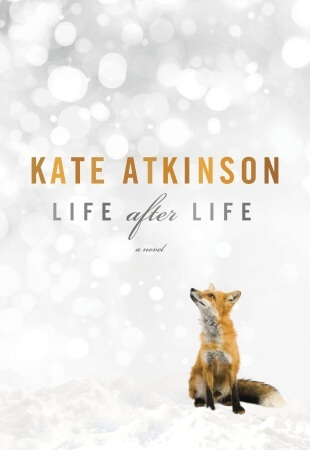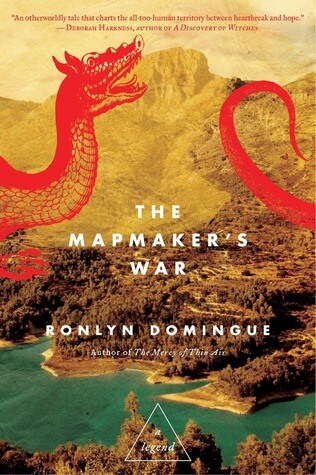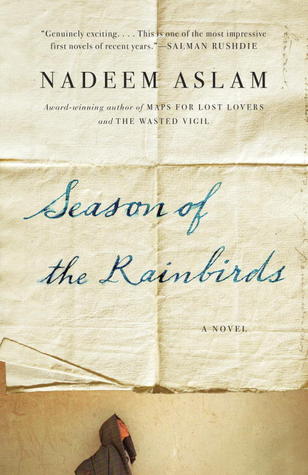The end of the world has come and gone, and a handful of humans and post-humans are left in its wake. In MaddAddam, Margaret Atwood returns to the near-future apocalyptic world of Oryx & Crake and The Year of the Flood to tell us what happens next. Sort of.
“There’s the story, then there’s the real story, then there’s the story of how the story came to be told. Then there’s what you leave out of the story. Which is part of the story too.”
– MaddAddam, by Margaret Atwood
The end of the world has come and gone, and a handful of humans and post-humans are left in its wake. In MaddAddam, Margaret Atwood returns to the near-future apocalyptic world of Oryx & Crake and The Year of the Flood to tell us what happens next. Sort of.
Before I can talk about MaddAddam, some background: I’ve had a difficult relationship with this series. I love much of Atwood’s wit and cutting social commentaries, especially in books such as The Handmaid’s Tale, Good Bones and Simple Murders, and Lady Oracle. I enjoyed Oryx & Crake very much: an allegorical tale that examined transhumanism, genetic engineering, and all-powerful corporations in a mega-capitalistic near future. But then The Year of the Flood arrived, and I was so let down. The neat, clever lessons had been taken away from their allegorical underpinnings and thrust into a real-world setting. Suddenly more characters were operating within the parameters of a world I had never read as “real,” and certain things really grated for me as a reader.
Continue reading “The story I am in right now, with you: a review of MaddAddam by Margaret Atwood”

